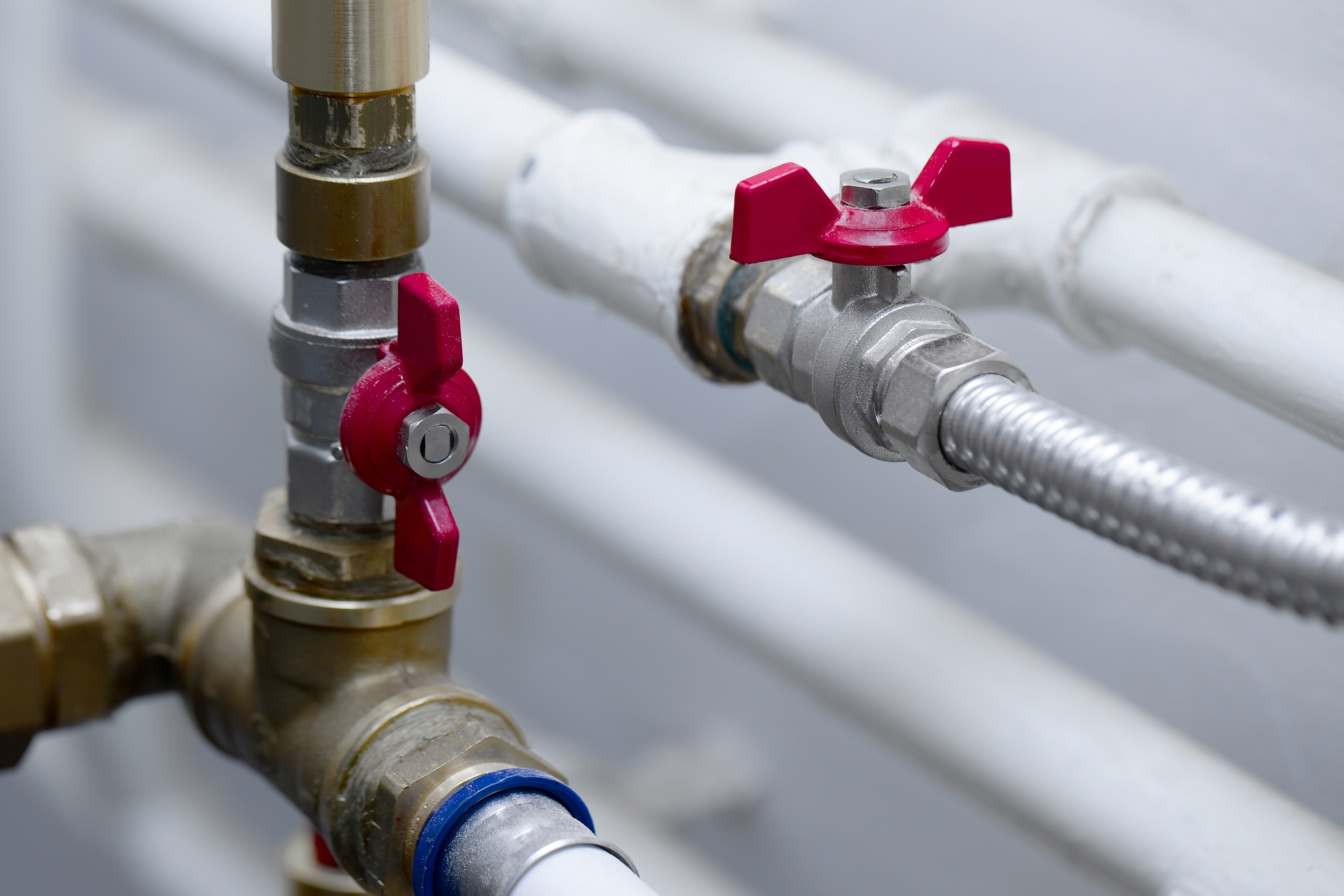Spring has finally arrived, and it’s time to start your annual spring cleaning. In addition to the usual deep-cleaning tasks like dusting, vacuuming, and organizing, don’t forget about your plumbing system. Over time, pipes, faucets, and drains can accumulate buildup, rust, and other debris that can cause clogs or slow drainage. To ensure your plumbing system is in top shape, here’s a spring cleaning plumbing checklist to help you get started.
1. Inspect Faucets
Check all faucets inside and outside your home for leaks or drips. If you find a leak, replace the washer or call in a plumber to fix the issue. Inspect your showerheads for mineral buildup and clean them with white vinegar or replace them if necessary.
2. Check for Hidden Leaks
Look for any signs of water damage on your walls or ceiling, including discoloration, bulging, or cracks. Check under your sinks and behind your toilets for any leaks. A damp or musty smell could indicate hidden leaks, so be sure to investigate thoroughly.

3. Clean Drains
Hair, soap scum, and other debris can clog your drains, making it harder for water to flow freely. Remove the drain cover and clean the area around it. Pour a mixture of vinegar and baking soda down the drain, then flush it with hot water to clear the buildup.
4. Test Your Sump Pump
If you have a sump pump in your basement, it’s important to make sure it’s working correctly. Pour a bucket of water into the sump pit, and if the pump doesn’t turn on, call a plumber. Also, consider adding a battery backup in case of a power outage.
5. Check Your Water Heater
Inspect your water heater for signs of corrosion, leaks, or rust. Check the pressure relief valve to ensure it’s working correctly. If you notice any issues, call a plumber to replace or repair the unit.

6. Install Water Softener
Hard water can cause mineral buildup in your pipes, faucets, and appliances. Consider installing a water softener to reduce the effects of hard water on your plumbing system. A water softener will remove minerals such as calcium and magnesium from your water and prevent buildup and corrosion.
7. Clean Your Gutters and Downspouts
Clean your gutters and downspouts to prevent water from overflowing and causing damage to your home’s foundation. Ensure downspouts are directing water away from your home, and check for any blockages.
8. Inspect Outdoor Plumbing
Check outdoor faucets, hoses, and sprinkler systems for leaks or damage. Replace any damaged hoses or fittings, and make sure your sprinkler system is working correctly.
Regular maintenance is key to keeping your plumbing system in top shape. The above spring cleaning plumbing checklist is a great starting point, but don’t forget to schedule regular maintenance with a professional plumber to catch any potential problems early. By keeping up with maintenance and inspections, you’ll ensure your plumbing system continues to function smoothly for years to come.
Don’t forget that spring cleaning is also an excellent time for a general plumbing inspection. Call the plumbing experts at Ace Plumbing Repair today at (844) 711-1590 or check out our website at aceplumbingrepair.com to schedule a plumbing inspection or maintenance appointment.






